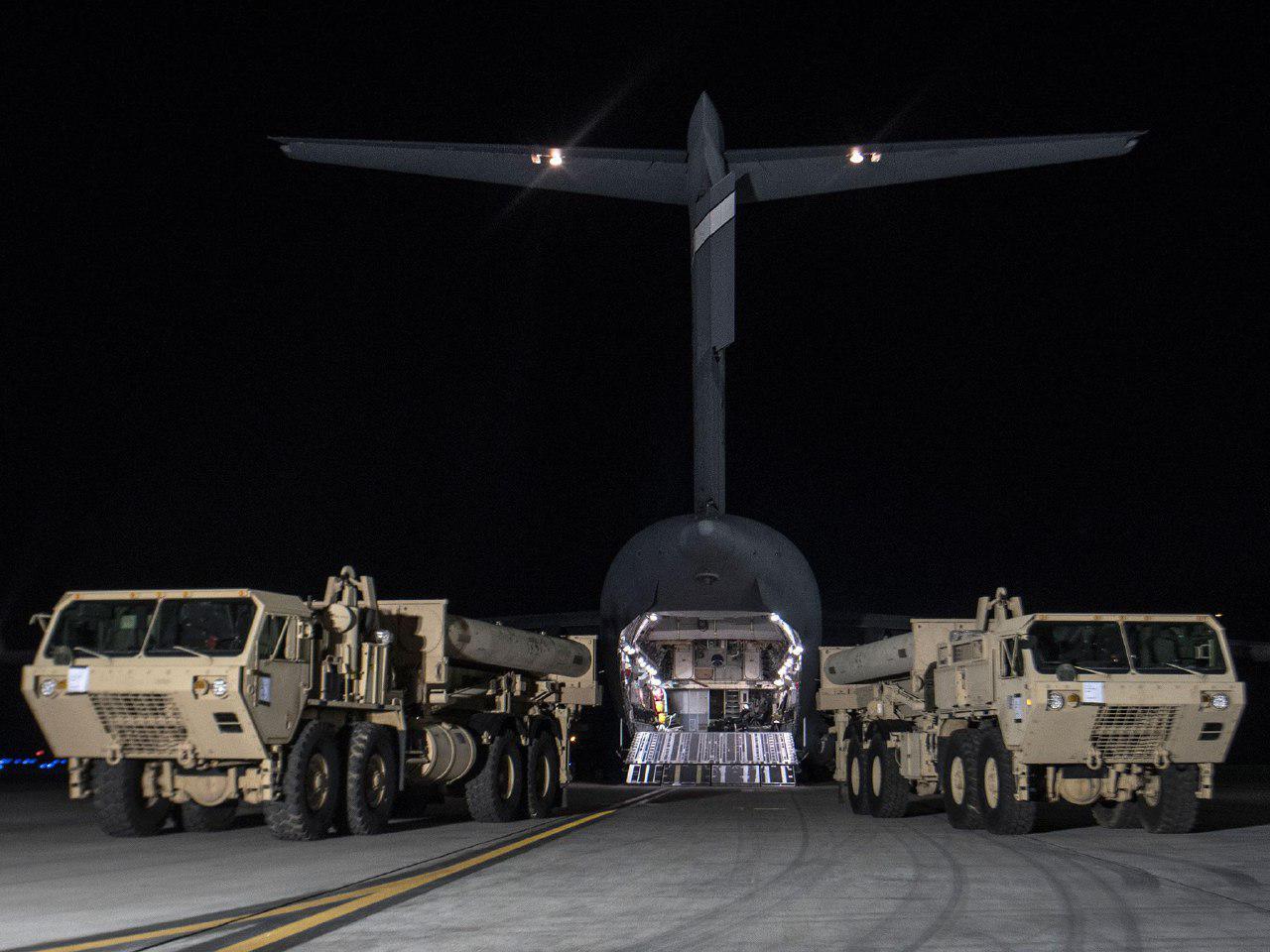SEONGJU, South Korea, Sept. 7 (Xinhua) -- The remaining elements of the U.S. Terminal High Altitude Area Defense (THAAD) missile interception system were transported Thursday morning to the site in southeast South Korea.
At about 8:10 a.m. local time (2310 GMT Wednesday), trucks of the U.S. forces carrying four mobile launchers and other elements, such as a power-supplying machine, passed by anti-THAAD protesters standing beside the village hall of Soseong-ri in Seongju county, North Gyeongsang province.
The trucks were trailed by other vehicles carrying construction equipment and materials.
With the additional deployment and construction works, the THAAD battery in South Korea, which will be operated by the U.S. Forces Korea (USFK), would be in full operation.
The protesters were blocked by about 8,000 riot policemen of South Korea. From around midnight, the policemen launched a maneuver to break up some 400 peace activists and residents living in Seongju and the Gimcheon city that borders the county.
The violent attempt to disperse the anti-THAAD civilians injured almost 30 people, taking them to a nearby hospital, according to local media reports.
After the passage of the trucks, one granny said with tearful eyes that she had "nothing to say" about the nighttime delivery. Some of the protesters shed tears, with others cursing the current government.
The residents and peace activists have held candlelight rallies every night since Seoul and Washington announced the plan to install one THAAD battery in July last year.
On April 26, two launchers and other THAAD elements were transported in the middle of night to the former golf course at Soseong-ri village in the Seongju county.
During the April 26 transportation, a physical clash occurred between police and protesters. On his campaign trail, President Moon Jae-in also condemned the violent transportation.
Seoul's defense ministry said Wednesday evening that the remaining THAAD factors would be delivered to Soseong-ri within Thursday.
The ministry said the further deployment was aimed to tackle rising nuclear and missile threats from the Democratic People's Republic of Korea (DPRK).
President Moon ordered the temporary installation of the U.S. missile shield following Pyongyang's test in late July of what the DPRK claimed was an intercontinental ballistic missile (ICBM), which is not a direct threat to Seoul as an ICBM refers to a ballistic missile with a range of at least 5,500 km.
Moon's office said the final decision on the U.S. missile defense system would be made after a general green audit ends. The audit was forecast to take at least six months.
The DPRK's nuclear threat cannot be protected by THAAD, said a female university student, who voluntarily joined the anti-THAAD moves and made a free speech after the passage of the U.S. trucks.
She expressed her wish to live in a peaceful country, stressing that peace cannot be achieved by a war weapon and warning THAAD would impede peace on the Korean Peninsula.
THAAD cannot protect Seoul and its suburban metropolitan area as the U.S. missile shield is deployed at a location some 300 km away from the capital city. THAAD interceptors are known to have a maximum interception range of 200 km.
The U.S. anti-missile system is designed to shoot down incoming missiles at an altitude of 40-150 km. DPRK missiles and artillery shells targeting South Korea fly at an altitude of less than 40 km.
Neighboring countries, including China and Russia, have strongly opposed the THAAD deployment in South Korea as it breaks regional strategic balance and damages security interests of the two countries. THAAD's radar can peer deep into the Chinese and Russian territories.
The X-band radar is known to emit super microwave, detrimental to human body and environment. South Korea's environment ministry said its potential damage would be slight, but anti-THAAD civilians believed that the ministry's measurement was distorted as it was measured when the THAAD was not in full operation.





